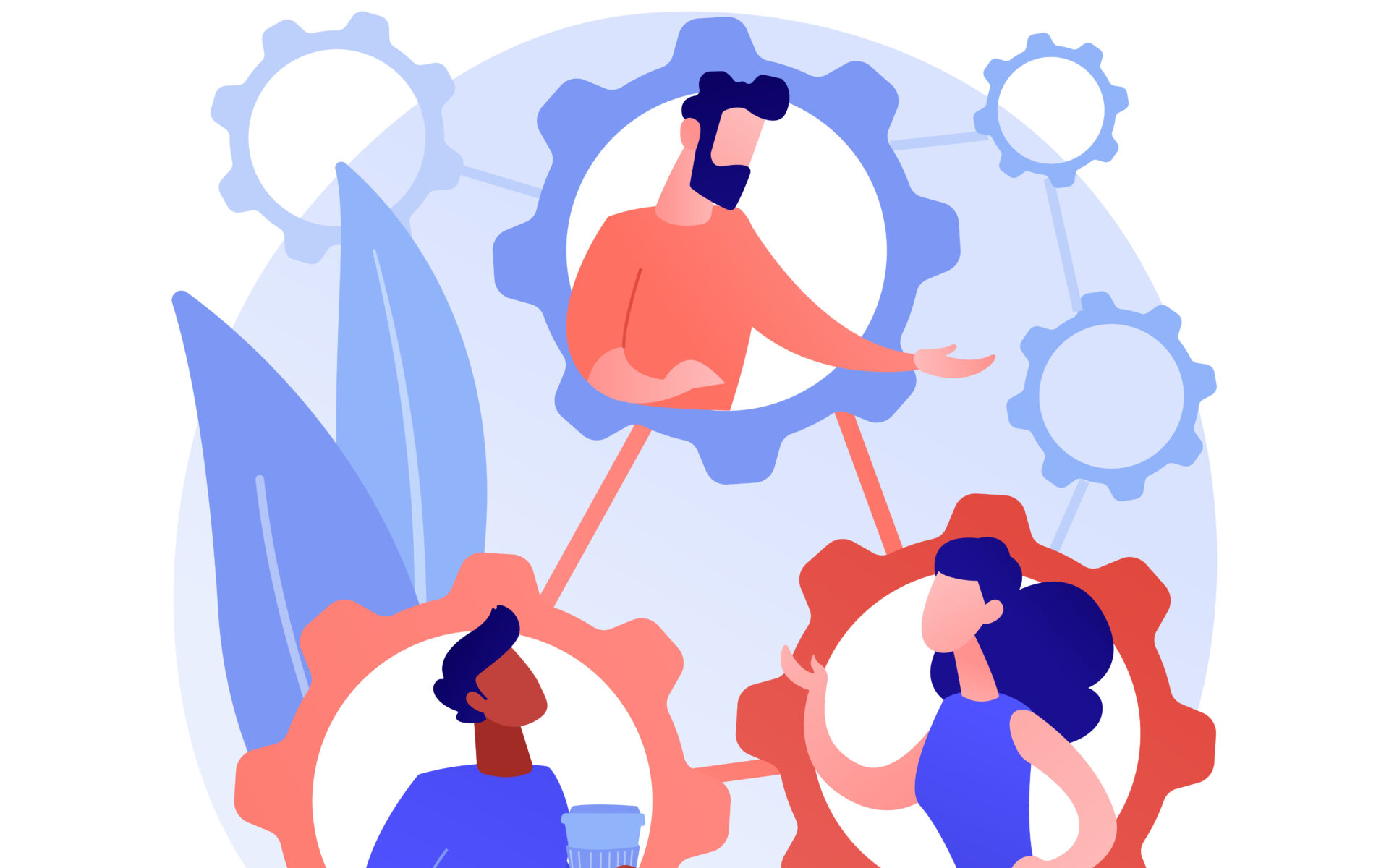In today's highly competitive business landscape, building strong relationships with customers is more critical than ever. Understanding customers on a deeper level is the key to delivering personalized experiences, anticipating their needs, and fostering long-term loyalty. Basically, this is where Customer Relationship Management (CRM) systems play a vital role. We will explore the concept of a 360-degree customer view and also discuss how CRM systems enable businesses to gather, organize, and leverage customer data from various touchpoints. Let's delve into the benefits of this comprehensive understanding of customers in building stronger relationships, personalizing interactions, and driving customer loyalty.
To build effective relationships with customers, businesses need a holistic understanding of their preferences, behaviors, and needs. The 360-degree customer view encompasses a comprehensive and integrated profile of each customer, consolidating data from multiple channels and touchpoints. This view provides businesses with valuable insights into customer demographics, purchase history, preferences, interactions, and feedback. So, by capturing and analyzing this data, businesses can create a unified view of each customer, allowing for targeted and personalized interactions throughout their journey.

CRM systems act as the central repository for customer data, consolidating information from various sources such as website interactions, social media engagements, email communications, purchase history, and customer support interactions. Through CRM, businesses can capture and store data points like contact information, demographic details, communication history, transactional data, and more. This data collection process enables businesses to gather a vast amount of valuable information that forms the foundation of the 360-degree customer view.
Once the data is gathered, it needs to be organized in a structured manner to make it easily accessible. CRM systems provide robust tools for organizing customer data. This allows businesses to categorize, segment, and tag information based on specific attributes or behaviors. By implementing data categorization and segmentation strategies, businesses can gain deeper insights into customer preferences, identify patterns, and tailor their interactions accordingly.
The true power of a CRM system lies in its ability to leverage customer data effectively. By analyzing and interpreting the data, businesses can gain valuable insights into customer behavior, preferences, and needs. So, these insights enable businesses to personalize interactions, recommend relevant products or services, and deliver targeted marketing campaigns. With CRM, businesses can identify upselling and cross-selling opportunities, offer proactive customer support, and create loyalty programs that resonate with individual customers.

A 360-degree customer view facilitates building stronger relationships with customers by enabling businesses to understand their needs and preferences at a granular level. Armed with this knowledge, businesses can proactively engage with customers, anticipate their needs, and provide personalized experiences. By leveraging the 360-degree customer view, businesses can offer tailored recommendations, personalized discounts, and relevant content, fostering a sense of trust and, especially, loyalty.
Generally, customers today expect personalized experiences across all touchpoints. CRM systems enable businesses to deliver personalized interactions by leveraging the 360-degree customer view. Businesses can use customer data to personalize marketing messages, customize product recommendations, and tailor communication based on individual preferences. By personalizing interactions, businesses can create a unique customer experience that strengthens the bond between the customer and the brand.
Customer loyalty is a result of consistently meeting or exceeding customer expectations. With a 360-degree customer view, businesses can proactively identify opportunities to enhance customer satisfaction and loyalty. By analyzing customer data, businesses can identify trends, spot early warning signs of dissatisfaction, and take proactive measures to address concerns. Additionally, businesses can create loyalty programs and rewards that resonate with individual customers, encouraging repeat purchases and advocacy.
A 360-degree customer view is a powerful concept that helps businesses build stronger relationships, personalize interactions, and drive customer loyalty. CRM systems play a crucial role in enabling businesses to gather, organize, and leverage customer data from various touchpoints. By implementing CRM effectively, businesses can gain a comprehensive understanding of their customers. It allows them to deliver exceptional experiences throughout the customer journey. Embracing a 360-degree view of customers empowers businesses to stay competitive in today's customer-centric marketplace and create meaningful, long-lasting relationships with their valued customers.